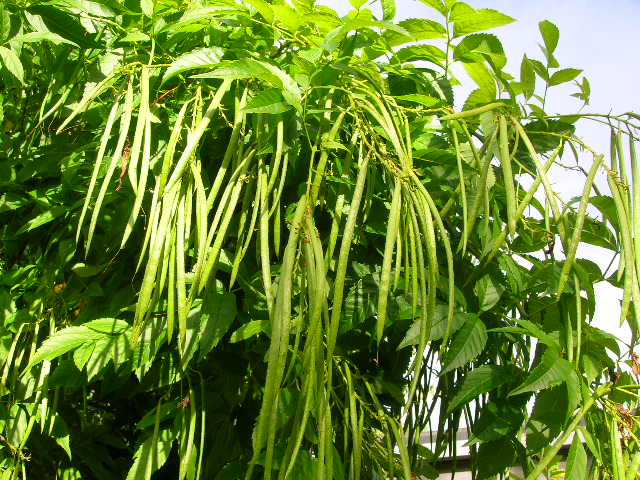Royal Poinciana. செங்கொன்றை மலர்
In India it is known as Gulmohar (Hindi and Urdu -‘Gul’ means ‘Flower’ and ‘Mohr’ is 'Peacock', thus the name suggests a spectacular show of color, like the extraordinary colors of a peacock's tail). It is also known there as Krishnachura (Bengali: 'crown of the Lord Krishna). In Vietnamese it is known as Phượng vĩ (means "Phoenix's Tail) (Vietnamese), Malinche, and Tabachine. In Guatemala,Antigua Guatemala, it is known as "Llama del Bosque".
Dear friends we can see many of these trees
through out Malaysia. My teacher thought me this as
petal is in distinguished white color.
Environmental requirements
The Royal Poinciana requires a tropical or near-tropical climate, but can tolerate drought and salty conditions. It is very widely grown in the Caribbean, Africa, Northern Australia (as far south as South east Queensland, although in sheltered micro climates it can be successfully grown in some areas of Sydney), Hong Kong, the Canary Islands, Cyprus, Thailand, Taiwan and southern China, and is also the city tree of Tainan, Taiwan and Xiamen, Fujian Province, People's Republic of China. National Cheng Kung University, a university located in Tainan, put Royal Poinciana on its emblem. It also grows throughout southern Brazil, with ornamental trees in Rio Grande do Sul (Canoas and Porto Alegre).
This is the seeds
This is the seeds
 Flowering season
Flowering season
The royal poinciana tree--scientifically known as Delonix regia--is a showy ornamental tree that features lavish clusters of red and orange flowers in spring and summer, an umbrella-like canopy, and feathery, fern-like leaves. Originally from Madagascar, the poinciana tree has established itself in tropical cities throughout the world, and is particularly abundant in the Caribbean, where it is known simply as a flamboyant tree. The royal poinciana tree is an outstanding shade and specimen tree. This tropical plant is not very tolerant of temperatures below 45 degrees, however, and should only be grown in warm climates climates. Even there are yellow flowers which are very common in India
Even there are yellow flowers which are very common in India
- South Florida: May–June
- Vietnam: May–July
- Caribbean: May–September
- India, Pakistan, Bangladesh: April–June
- Australia: December–February
- Northern Mariana Islands: March–June
- United Arab
- Brazil: November–February
- Southern Sudan: March–May
- Thailand: April–May
- Zimbabwe: October–December
- http://www.sidhhaherbs.blogspot.com


